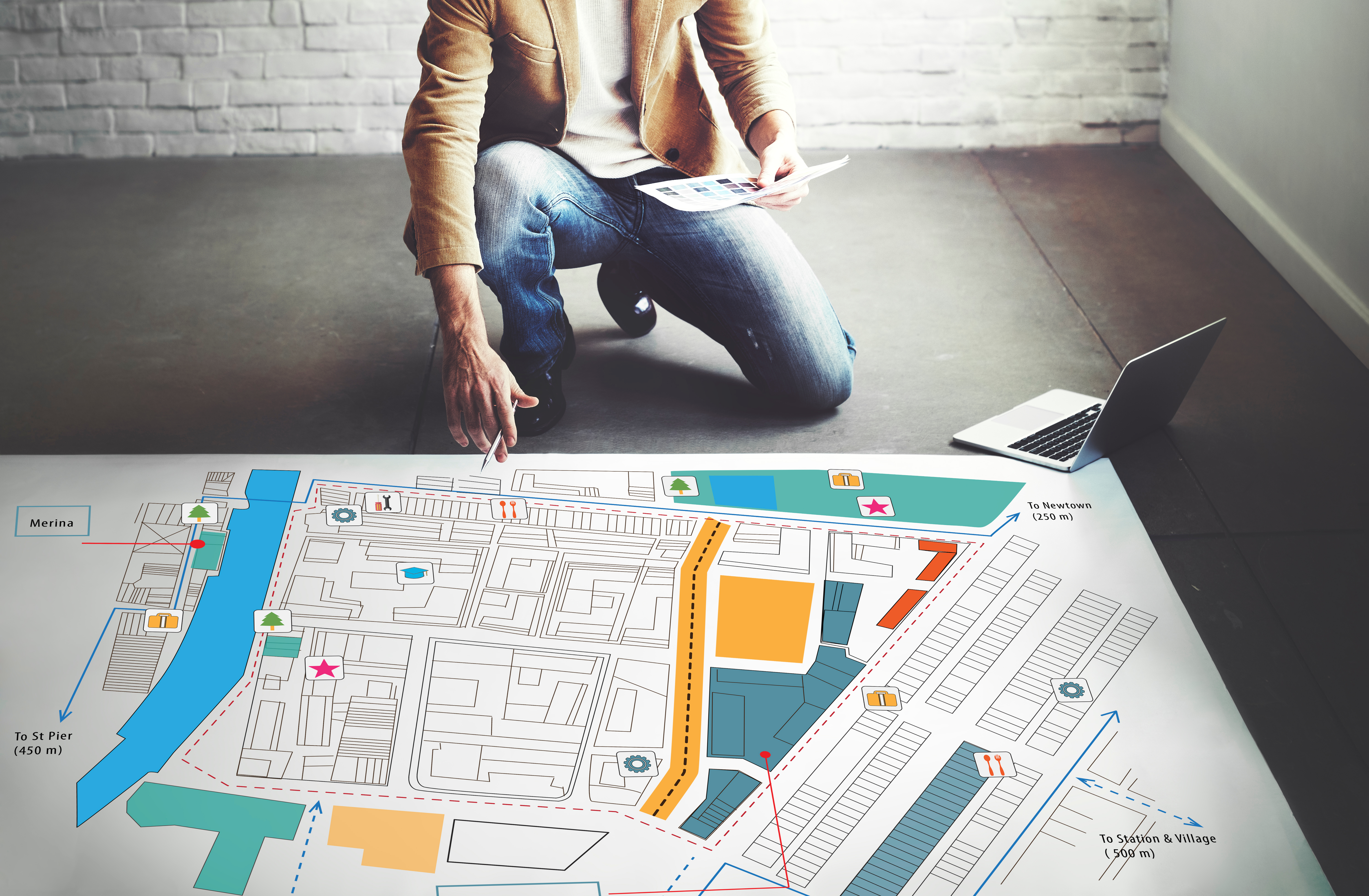
Dr. Ahmad Farhan Roslan
Senior Research Associate
Dr. Farhan is a Senior Research Associate at PNBRI. He holds a PhD in Built Environment from the University of Salford, where he studied urban resilience, climate change, and disaster risk reduction. His previous work centred on digital transformation in engineering and the built environment, an area in which he is particularly passionate. With experience in academia and industry on local and international research projects, he is highly adept at translating research findings into practical recommendations. He aspires to improve the built environment in ways that benefit society and the country.
[email protected]Abstract
This article explores the dynamic relationship between human and city systems, emphasising the need for holistic urban planning to ensure cities remain sustainable and resilient.
It advocates for a comprehensive approach that views urban systems as interconnected and interdependent, incorporating diverse contextual perspectives on future city development and redevelopment.
While future urban planning faces unique challenges within specific local contexts, addressing these hurdles requires a focus on the underlying causes and narratives within those contexts, while considering the interconnected factors that can expose cities to risk and undermine their functionality.
_____________
The degree of urbanisation classification defines cities as settlements with at least 50,000 inhabitants in contiguous dense grid cells, or 1,500 inhabitants per km. Some national definitions of cities include other indicators such as built-up areas, population density thresholds, employment, infrastructure or services. Malaysian cities have the following definitions:
“The gazetted area and the contiguous built-up area and the combination of these two areas have a population of 10,000 or more; or special development area; or district administrative centre even if the population is less than 10,000 people and at least 60% of the population aged 15 years and above are engaged in non-agricultural activities.”
Cities are innovative places with enormous potential to drive transformational agendas such as climate goals, digital transformation, and economic growth. Cities have played an important role in many aspects of modern history and global development. They promote economic growth, encourage innovation, and provide access to amenities and services such as housing, and transportation.
History demonstrates how cities in historic regions such as Mesopotamia (around 7500 BCE) and cities along the Nile River in Egypt became important in human civilisation when they served as trade centres, centres of governance, and cultural and education hubs. Cities underwent significant changes during the Industrial Revolution in the 18th and 19th centuries as science and technology advanced.
Urbanisation has changed and evolved economies and cultures, as seen by how industrialisation has transformed some cities into new spatial arrangements and increased the use of natural resources. For instance, the economic base of pre-industrial Penang transformed from agricultural and forest products towards port trading as the new engines of power promoted urban growth. Lodz, a city in central Poland, is another example of how industrialisation changed an agricultural town into the biggest textile production in Europe. In these instances, industrialisation positively created more employment and transformed how cities were designed. Interactions between city elements also increased, creating transportation, human settlement, and economic activities.
However, history also shows how various factors, such as trade routes or economic activity shifts, can cause cities to lose their ability to function.
In the 90s, Lodz was severely affected by the decline in textile production and the lack of new investments. It not only affected the local economy but also caused urban decay and loss of identity. This is not surprising since economic variables have been discovered to be powerful predictors of both dispersion forces (which cause de-concentration) and agglomeration (which is the concentration of population and economic activity) in a city.
Given that cities encounter issues that go beyond economic considerations, such as social, health, environmental, and infrastructural-related, more research may be necessary to fully understand how non-economic elements impact the identity and function of cities. Furthermore, each of the factors mentioned interacts, possibly creating lasting domino effects if not adequately addressed.
Lesson Learnt from the COVID-19 Case: The City is a Complex System with Interconnected Factors
The COVID-19 pandemic had a major impact on social interactions, economic stability, and public health systems, which affected municipal systems. Due to dense city populations, it was not surprising that COVID-19 cases surged drastically in city centres, spreading and overwhelming the city’s healthcare system. Partial and total lockdown orders were implemented in several major cities with high populations as a desperate control measure, causing economic disruption by forcing businesses to close, resulting in widespread job losses and financial strain. Additionally, businesses could not function efficiently due to disruptions in the supply chain for goods and services, making it more difficult to maintain the economy. These incidents highlight the ways in which interrelated elements jeopardise cities’ ability to function and expose them to contagion risk.
The epidemic made clear the vulnerability of urban systems and the possible loss of municipal functions. Considering urban systems as intricately linked and interdependent draws attention to the necessity of reconsidering our present approach to urban planning and reconstruction. As a result, it is now even more important to address these elements in city planning and policymaking by incorporating various contextual viewpoints and narratives. The question now is not whether variables influence our cities’ functionality but rather how they do so:
Do we have an in-depth understanding of urban challenges and characteristics of future cities that will keep them sustainable and resilient?
Do we have adequate information or evidence that assist decision-makers and city planners shape cities that serve all strata of society?
